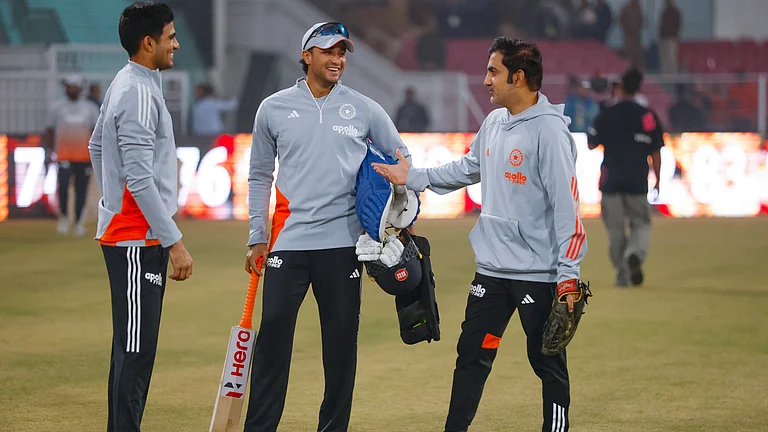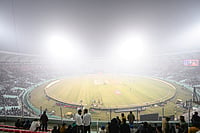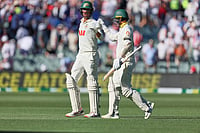The curious case of J&K Police officer Davinder Singh, arrested on charges of links with terrorists, almost lends credence to allegations by rights activists and political analysts that the men in khaki have “unaccountable” power in the militancy-wrecked Valley. It is true that Singh may very well be the rogue element found in every force, but his long history of carrying on the charade of a good cop fighting evil also provides an insight into how easy it is for such people to become a law unto themselves. However, it goes without saying that policing in a state—now a Union territory—where militancy has been raging for decades is not an easy task .
An IGP rank officer, speaking on the condition of anonymity, says that some people within the force might have acted “against norms”, but things have changed. “We have lost 2,000 people to insurgency. Hundreds of personnel have suffered injuries and many have been disabled,” he adds to drive home his point about professionalism of the force. Another senior official dealing with counter-insurgency says police in Kashmir only follow orders of the government. “Even with huge power after the abrogation of Article 370, the force acted in accordance with the guidelines laid down by the law. We are part of society. We cannot go back to society if we do wrong or are seen doing wrong. The police are deeply conscious of it.”
But the Special Operation Group (SOG) that deals with counter-insurgency has been in the eye of the storm since its inception in early 1990s—often accused of deaths in custody, torture and disappearance. The SOG’s headquarters in Srinagar were infamous as “torture centres” where activists have documented rampant violation of human rights. Since 2008, the police force, rights groups say, has acted on its own while dealing with protestors.
In the 2008 uprising against transfer of forest land to the Amarnath Shrine Board and subsequent economic blockade of the Valley, around 60 people were killed and thousands wounded. In the six-month-long protests in 2010 against the killing of several teenagers in Srinagar, around 110 people were killed and thousands were wounded. In the 2016 uprising against the killing of militant commander Burhan Wani, 90 people, mostly teenagers, were killed in firing by security forces. The police along with paramilitary forces fired millions of pellets, visually-impairing over 1,200 people—seen as the world’s first mass blinding.
“I remember in 2010, the government led by Omar Abdullah wanted a judicial inquiry into the killings of 110 boys. The police put its foot down and the political class here could do nothing,” says a senior journalist. “In 2016, when Burhan Wani was killed, the then chief minister and political class had no inkling of what happened. The police have become political here and politics is run by the police.” He adds that insurgency has given huge leverage to the police in providing security cover to politicians and enhancing their own security. “In case the police remove the security cover of a politician, the politicians cannot come out of their homes. Politicians cannot do anything to the police here”. Well-known rights activist Parvez Imroz says it is a myth that the police have no immunity in Kashmir. For civilian killings in the past 10 years, no FIR has been registered against the force. “You will not see any FIR against the police,” he adds.
Former DGP S.P. Vaid, however, says police have always acted on the orders of the political class and bureaucracy.
Also Read
By Naseer Ganai in Srinagar


























